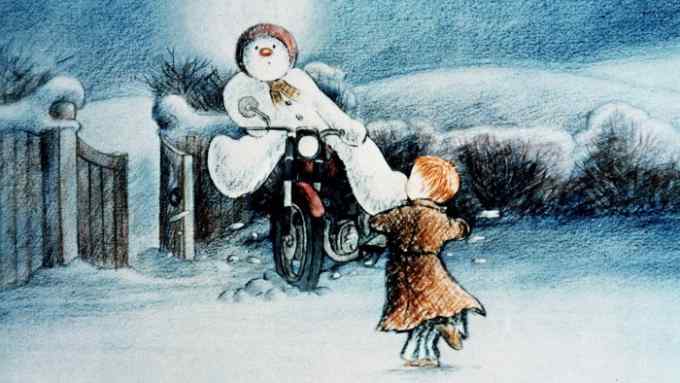The Holly and the Ivy — a Christmas carol with pagan origins

Simply sign up to the Life & Arts myFT Digest -- delivered directly to your inbox.
One of the best-loved of Christmas carols, “The Holly and the Ivy” has a gentle tune to flatter girlish soprano voices and an easy chorus for the rest of the crowd. It also packs a range of sentiment-inducing buzzwords that conjure up ancient and settled bucolic traditions, a vision of an ideal past: “the rising of the sun and the running of the deer”, among others.
But the current version, which clearly celebrates the Nativity (“And Mary bore sweet Jesus Christ/ To be our sweet Saviour”), could in fact be far from ancient. The words we now know were published by Cecil Sharp, that great collector and conservator of the English folk tradition, in 1911. He was known occasionally to do some tactful rewriting of the more lusty elements of the folk songs he found, to suit his more decorous era. And it seems that — probably not by Sharp himself, since there are also records of the carol in 19th-century sources — the Christian elements of the carol might have been grafted on to a very different version, and in fact the song had its roots deep in the pagan past.
The clue to its antiquity is in the lines that say: “Of all the trees that are in the wood/ the holly bears the crown”. This is thought to be a reference to the Druidical figure of the Holly King, the lord of the winter wildwood. In the deciduous forests of medieval Britain, three green plants shone through the bare winter branches: the holly, the ivy and the mistletoe. Greenness in midwinter was cherished for its symbolic value, of course: the assurance that spring would come. Long before the Victorian custom of the Christmas tree took hold of the collective imagination, those three plants were the standard winter decorations for both houses and churches and the holly, with its glossy brilliant green and its brash red berries, was the brightest and best of all, the triumphant harbinger of continuing life.

In this medieval thoughtscape, the holly was therefore a masculine symbol, proud emblem of virility. And the ivy? Sorry to say, the ivy — decorative but clinging and dependent, unable to stand up on its own? — was a symbol of womanhood. (And everyone knows where the mistletoe comes in.) In what may be an early version of this song, entitled “The Contest of the Holly and the Ivy”, the lyrics tell us that “Holly standeth in the hall fair to behold/ Ivy stands without the door; she is full sore a’cold”. And more: “Holly and his merry men, they dancen and they sing/ Ivy and her maidens, they weepen and they wring.”
In this battle of the sexes, the Holly King definitely has the upper hand. These songs are playful, flirtatious and teasing, but some versions carry a powerful message in a chorus that runs: “Let holly have the mastery, as the manner is.” Meaning, we suppose, that song and dance and having fun at times of celebration were all very well, but in the domestic gender wars there was no question about the outcome.
So from a slightly bawdy folk song emerged one of the purest of Nativity carols — although in fact the theme of renewal in midwinter remains in the parable of birth and rebirth that is the Christmas story. The Holly King and his pagan ways still lurk in the wings, but the sad message about the status of women is overlaid by the towering maternal figure of Mary, fertility goddess of Christianity. Certainly, female artists have never been slow to make their own versions of the carol, from Petula Clark in 1958 (the record, A Christmas Carol, was one of the first stereo releases), Nat King Cole’s daughter Natalie in 1994, to Annie Lennox in 2010.
Happy Christmas.
Listen to the podcast
For podcasts with clips of the songs go to ft.com/life-of-a-song
Photograph: Rex Features

Comments